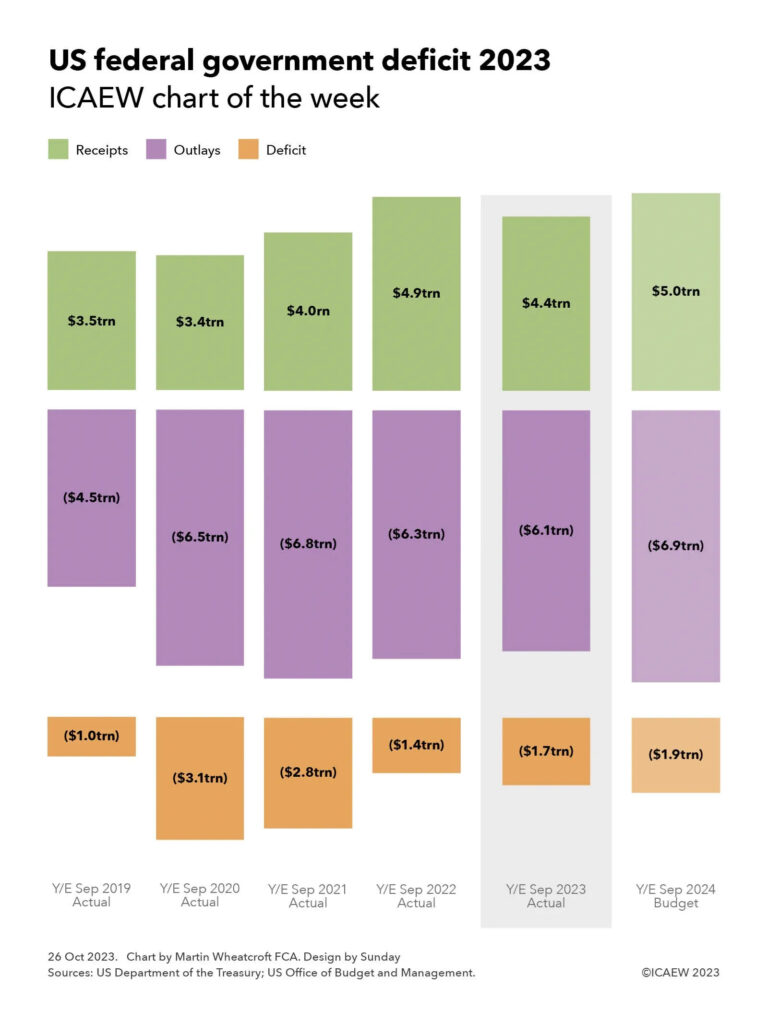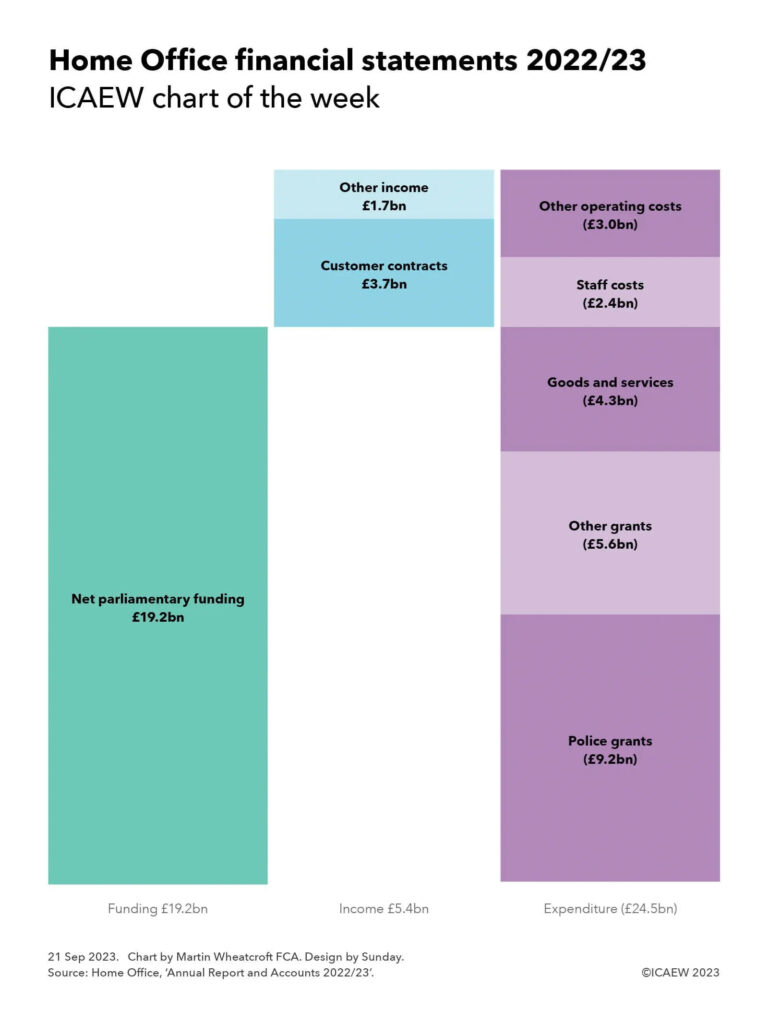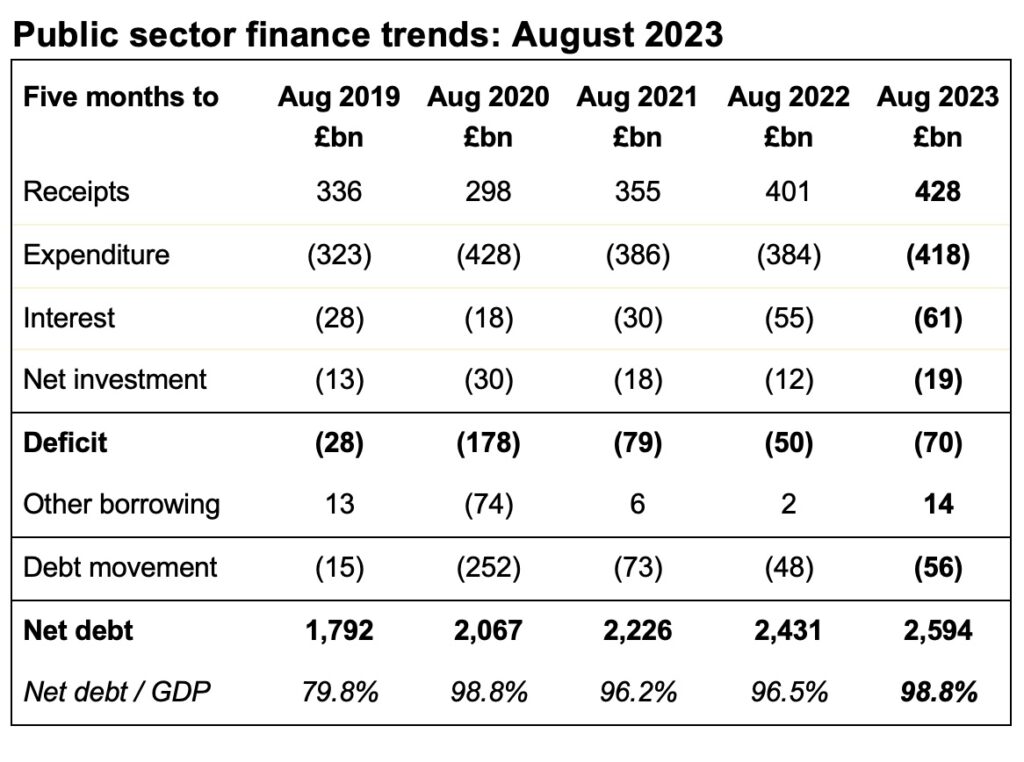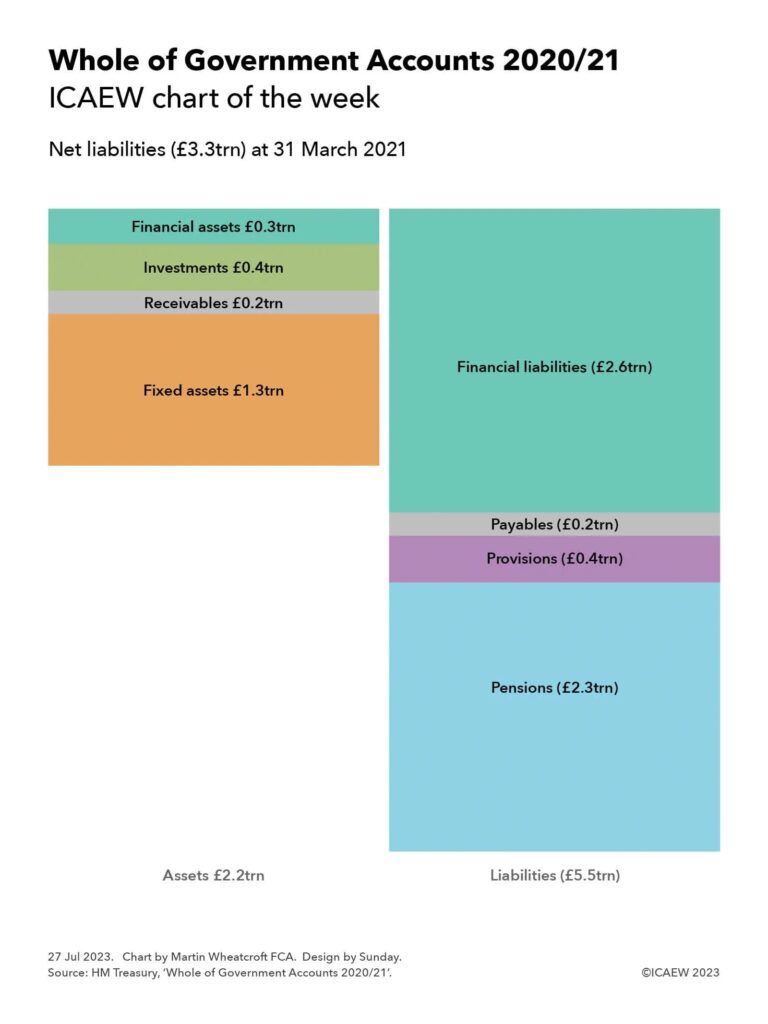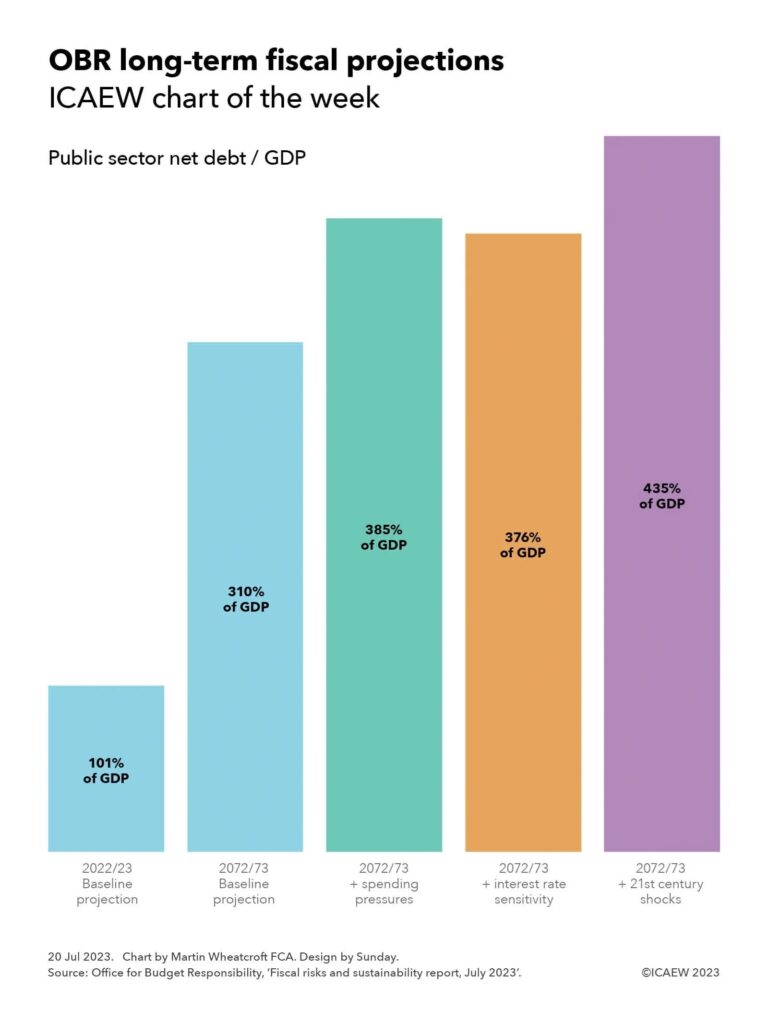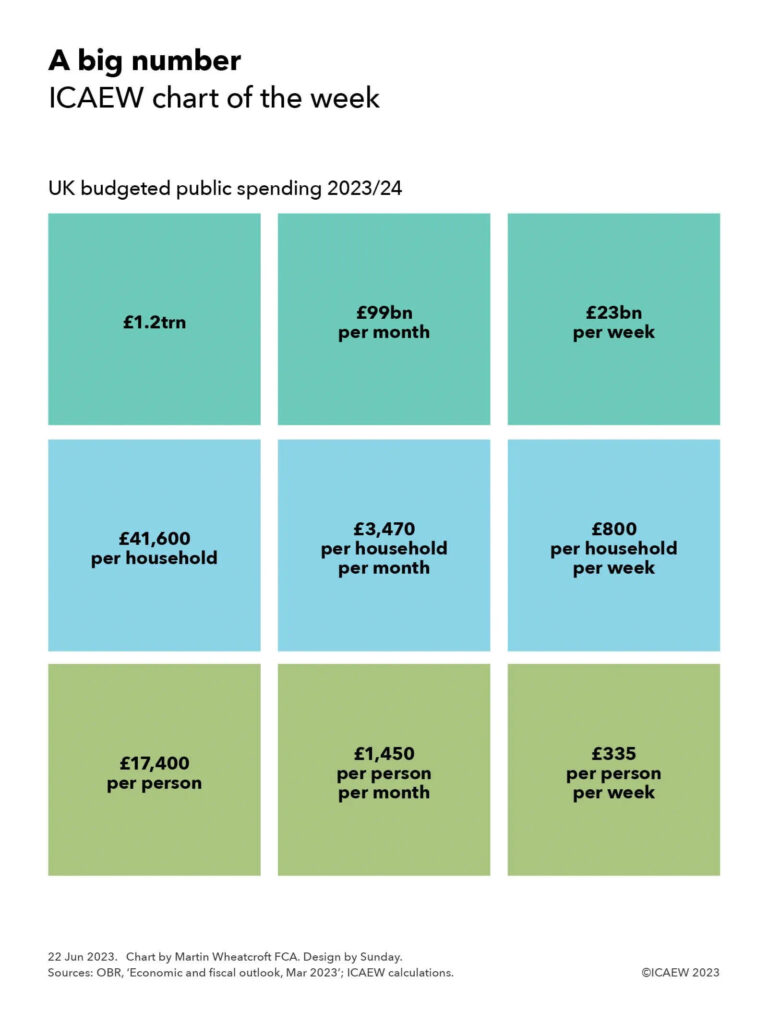Alison Ring, ICAEW Director Public Sector and Taxation, says we must take a once-in-a-generation opportunity to fix long-standing underlying problems with the way local government financial statements are used.
There is a crisis in local government financial reporting and audit in England that urgently needs resolving. Some 74% of 2021/22 local authority financial statements were still not signed off after a year, 31% after two years, and some audited accounts are still not published from 2018/19 or earlier. These delays are not just a compliance issue – they are fundamental to how our local democratic institutions operate at a time when many authorities are struggling amid difficult economic conditions.
Getting local audits back on track must be the immediate priority, even if it will mean accepting some unpalatable measures, such as temporary relaxations in some audit requirements, or the postponement of new accounting standards. All parts of the system will need to compromise a little to unlock audit sign-offs, clear the backlog, and get the system up and running and sustainable again.
However, the spotlight focused on local audit illuminates some uncomfortable truths about the underlying effectiveness of audited financial statements in ensuring that councils are well managed and public money is spent wisely. They are often not understood, not read by enough people, and not used by councillors and other stakeholders in holding local authorities to account, as part of governance processes or when approving major financial decisions.
Many of these problems were identified by the Redmond Review, but progress in addressing its recommendations is, perhaps inevitably, much slower than anyone would like. In the meantime, there have been several well-publicised disasters as the financial tide has swept out to expose the naked vulnerability of some local authorities.
Much more than an informative read
Done well, financial statements are much more than an informative read that sets out the story of the most recent financial year. They are a multi-purpose tool for accountability, governance, risk management, strategic decision-making, regulatory and system oversight. They are also the apex of the system of internal financial control and the vehicle through which external assurance is delivered.
The trouble is that financial statements can only serve these purposes if they are read, understood, and actively utilised in each of these roles. When I hear that “nobody reads the accounts” I start to worry. Even though I know this is an exaggeration and that many people do of course read the annual financial report, the implication is that accounts are not being used to their full extent.
This poses some big questions. Are councillors able to properly hold their local authority and its management team to account if they aren’t actively using the principal tool designed to help them do so?
Are governance committees able to ensure their local authority is well run if they aren’t using the official document that brings together the effects of thousands of financial decisions made every year into a single assured report that summarises financial performance as well as the end-of-year financial position?
Are they able to assess the effectiveness of risk management if they aren’t looking at the balance sheet and the financial exposures disclosed in the notes to the financial statements?
Where decisions are being made, are council leaders, cabinets, officers, and management teams able to make effective strategic choices, potentially transforming their balance sheets, if they aren’t starting from the foundation provided by the audited financial statements?
Are DLUHC and other government departments, including HM Treasury, able to make good funding decisions, or assess the effectiveness of the overall system of local government in England, if they aren’t reading the accounts in some detail?
Finally, how can the preparation of financial statements be a key factor in promoting financial control if they lack the challenge of having an interested readership?
Of course, this is not the whole story. Unlike in the private sector where internal financial reports are confidential, a whole swathe of financial documents are in the public domain.
Why would anyone need to read a long and complicated set of accounts when they have access to this other “more useful” stuff?
The answer is that in many cases councillors and other stakeholders can’t properly understand the budget or other financial information provided to them if they haven’t first read and understood the annual report and accounts, and the financial context in which decisions are being made.
“The accounts are impenetrable”
This brings us on to another point that I have also heard frequently, which is that a reluctance to read the accounts is forgivable given how long and complicated many local authority annual financial reports are – “impenetrable”, in the words of some. Given my own attempts to grapple with some local authority annual accounts, I have sympathy for this claim.
To get this system working better, financial statements and accompanying narrative reports need to be much more understandable, so more people read them and use them as the multi-purpose tool they should be.
These concerns about whether accounts are being used effectively is one of the reasons I am so pleased that the Levelling Up, Housing and Communities Commons Select Committee is conducting an inquiry into the purpose and use of local authority financial statements and external audit in England, to which ICAEW and others have given evidence.
The committee is focusing on both the overall financial reporting and audit framework for local authorities in England as well as the immediate challenges of clearing the backlog of unaudited accounts.
A vision for local financial reporting and audit
To make the system work better we need everyone to agree on a clear vision for local financial reporting and audit, which is why ICAEW developed its own.
ICAEW’s vision is to bring confidence to the finances of local public bodies through a valued and thriving profession, high-quality understandable financial reports, high-quality timely local audits, strong financial management, good governance, value for money, and protecting the public interest.
When we started this project, it reminded us that everything starts with the financial statements. Not because they are more important than high-quality timely external audits, strong financial management, good governance, or a proper system of accountability, but because they are the rock on which everything else stands.
We need financial statements to be as understandable as they can be. We need them to be read. And – most importantly – we need them to be used.
This article was written by Martin Wheatcroft on behalf of ICAEW and was originally published in Room 151, an online news, opinion and resource service for local authority finance officers covering treasury, pensions, strategic finance, funding, resources and risk, and subsequently published by ICAEW.
